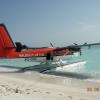Sign in to follow this
Followers
0

Tower at Reagan National goes silent as planes attempt to land
By
KK Lee, in General Aviation

By
KK Lee, in General Aviation